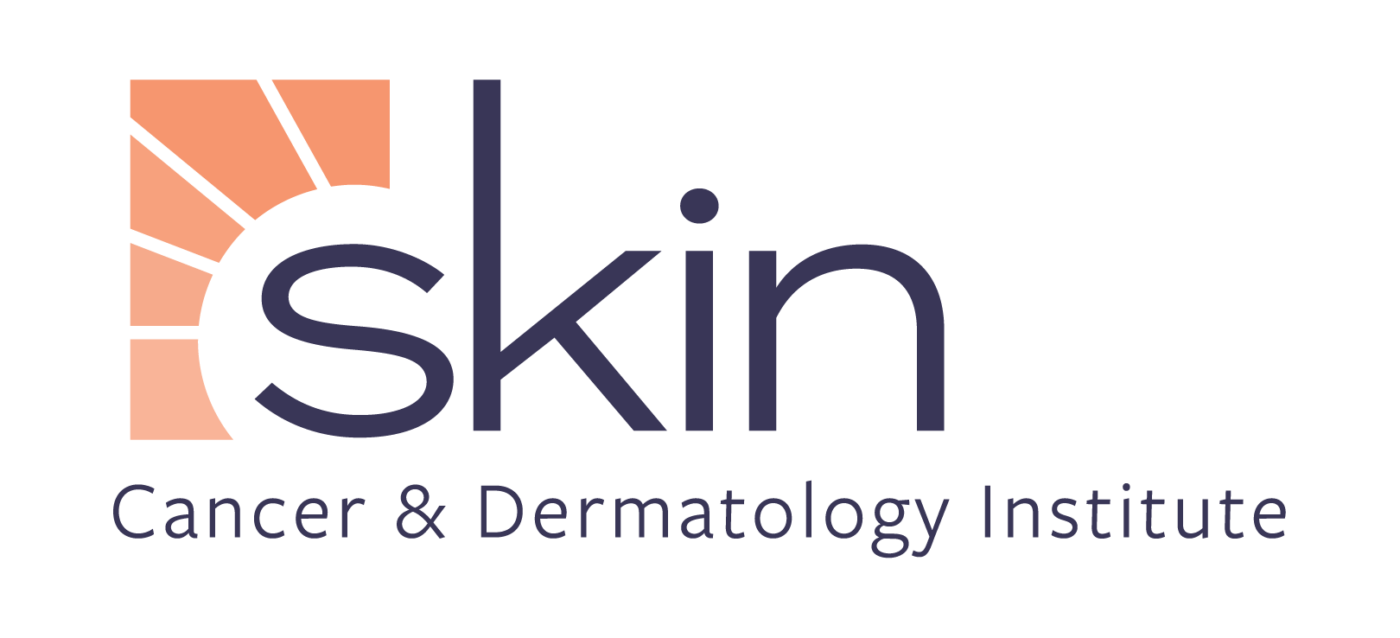In this edition of Skin 101 we sat down to chat with our Board-Certified Dermatologists about Microdermabrasion, Chemical Peels and more.
Q: How does microdermabrasion work, and how many treatments do we need to see results?
A: Microdermabrasion is a technique by which a medical professional causes micro-breaks in the skin’s surface to encourage the underlying collagen to remodel. There are multiple ways to accomplish this task, but one of the more common techniques is microneedling. This procedure is completed with a device that has tiny needles on its end. It is massaged over the face to cause tiny breaks in the skin. Then, as the skin is healing, the collagen reforms itself, minimizing fine lines and wrinkles and giving the skin a rejuvenated and healthy glow. It can also help with various types of scarring and discoloration in the skin close to its surface. People see the most benefits from multiple treatments. For microneedling, I usually recommend three treatments about one month apart.
Q: What are chemical peels, and why do we need them? Should chemical peels be done in the summer or winter?
A: Chemical peels are great ways to help the skin rejuvenate. They treat many different things, including dark spots, scarring, acne, and more. When considering rejuvenation treatments, it is often recommended to avoid the summer season. Chemical peels turn over your skin at a higher pace to replace that old skin, making it more sensitive and susceptible to damage from the sun. I advise patients to wait until a time when they will be able to avoid outdoor activities when pursuing skin rejuvenation.
Q: What is the difference between over-the-counter retinol and prescription-grade? At what age should retinol be incorporated into our skin care routine?
A: Retinol and retinoic acid (prescription retinoids) are both derivatives of vitamin A. The over-the-counter retinols are in a different form and need to be converted by the body into the active ingredient, whereas prescription-strength retinoids or retinoic acid is already in the active form. Many vitamin A creams are available over the counter, but retinols are the strongest available over-the-counter formulation. Retinoids are used for fine lines, wrinkles, dyspigmentation (or age-related brown spots), and even acne. Again, prevention is much easier than treating photoaging (such as fine lines, wrinkles, and brown spots) later. I recommend starting to incorporate retinoids into your skin care routine early – along with sunscreen!
Q: Let’s talk about the skin care benefits of vitamin C.
A: Vitamin C serums are great for the skin. They help protect it against ultraviolet (UV) damage and photoaging brought on by sunburns and tanning. It is an antioxidant that can help with dyspigmentation or the appearance of dark discoloration, and it increases collagen synthesis, which gives our skin its strength and support. I like to recommend products specific to my patient’s goals and preferences. The main three that I recommend are Skinbetter Science® Alto Defense Serum, Revision Skincare Vitamin C Lotion, or SkinCeuticals® CE Ferulic. When looking for the right product, it is essential to purchase from a reputable source to ensure that you receive a high-quality product.
Q: Tell us your top three skin cancer awareness tips:
- Current estimates predict that one in five Americans will develop skin cancer in their lifetime. While it is important to see a Board-Certified Dermatologist regularly for skin exams, many patients find their own skin cancers. It is very important to look at your own skin regularly, and if you find something new or changing, make an appointment to have it checked.
- You can get skin cancer anywhere on your body including areas that have not seen much sun like your scalp, the bottoms of your feet, or under your clothing. Make sure that you see a Medical Provider who checks all your skin.
- Sunburns during youth greatly increase your risk of developing melanoma, which is the most dangerous type of skin cancer. Once you have had a melanoma or other non-melanoma skin cancer (like basal or squamous cell carcinoma), you are at an increased risk of developing additional skin cancers. Protect yourself and your kids by wearing water-resistant sunscreen with an SPF of at least 30 and/or sun-protective clothing with an ultraviolet protection factor (UPF), broad-brimmed hats, and sunglasses.
Q: What three skin care products could you not live without?
- Sunscreen
- Tretinoin
- Moisturizer
Schedule an appointment at one of our 11 convenient locations for your medical or cosmetic consultation, and stay tuned to Skin Cancer & Dermatology’s current cosmetic specials on Facebook and Instagram.


